Uncover digital arrest scams: scammers posing as law enforcement, how they trick victims, & how to protect yourself effectively.
In our digitally connected world, a chilling new fraud has emerged: the digital arrest scam.
In this impersonation scam, criminals masquerade as police or other law enforcement authorities, threatening arrest unless victims pay fines, bail, or security deposits.
These are not simple phishing attempts—they are psychological coercion campaigns designed to terrify targets into compliance.
In this article, we define the phenomenon, explore real-life cases, and lay out urgent steps you can take to resist police impersonator fraud.

Background
A digital arrest scam is a method of cyber extortion in which fraudsters, posing as police, CBI, NIA, or other agencies, use calls, video calls, or spoofed numbers to convince victims they are under criminal investigation or arrest. The goal: force victims to pay money under duress to resolve legal charges or avoid detention.
We often see this described as a subset of impersonation scam or police impersonator fraud. The crime grew especially rampant in India in 2023–2025, with police and cyber-crime agencies issuing formal advisories.
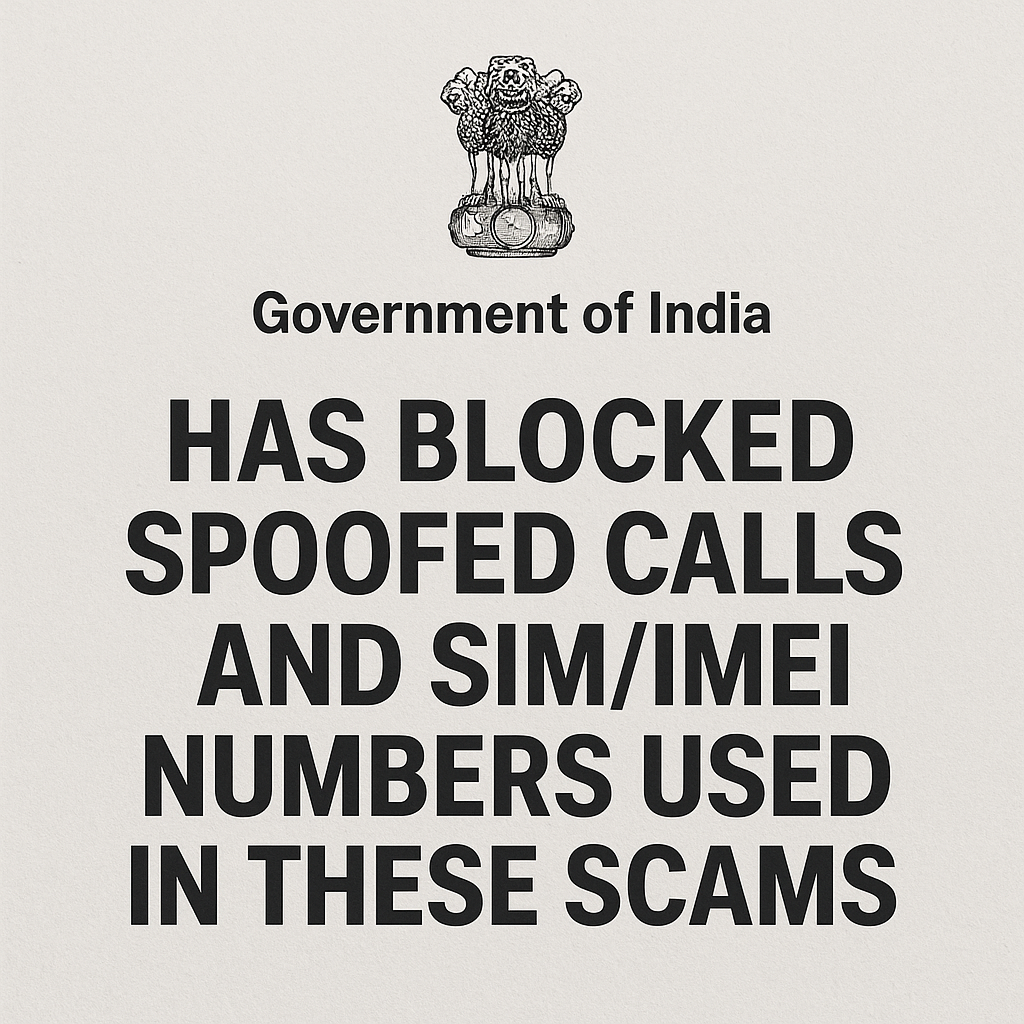
In India, the National Cyber Crime Threat Analytics issued an advisory on Digital Arrest in March 2025, warning how scammers create a fake setup of a police station to make the victim believe that they are actual law enforcement officers.
Likewise, the Government of India has blocked spoofed calls and SIM/IMEI numbers used in these scams. Globally, law enforcement agencies also caution the public. For instance, the FBI warns that scammers impersonating law enforcement never legitimately demand money or threaten arrest via unsolicited calls.
Impact / Risk / Victim Cases
In Ahmedabad, a 59-year-old retired teacher was defrauded of ₹38.7 lakh after being coerced into transferring multiple sums to avoid arrest. The scammers even showed fake clearance certificates.
The financial and emotional damage from digital arrest scams is staggering. Victims often lose life savings, feel intense fear and humiliation, and sometimes delay reporting. Below are real examples: In Hyderabad, two retired government employees lost ₹49.5 lakh after being threatened with arrest in a fabricated money laundering case. In the U.S., a woman in Baltimore claims she was tricked out of over $10,000 by a caller posing as a police officer who argued she missed a court subpoena and would be arrested unless she paid.
These cases reveal consistent patterns: victims are isolated, pressured, kept on the phone or video link for hours or days, and told not to talk to others. The fraudsters may even demand more money iteratively, returning to the victim after initial payments.
The reputational impact is also severe: victims feel personally violated, shamed, and afraid to report. In many cases, they believe they were genuinely under arrest until they begin to see red flags.
While specific scripts vary, most digital arrest scams follow a predictable structure:
Scam Details: How It Works (Step by Step)
Initial contact
Scammers call or video-call the target, often claiming to be from a telecom company, courier service, or police department. They may spoof caller IDs to display official-looking numbers.

Allegation & urgency The scammer suddenly accuses the target of serious offenses — money laundering, cyber-crime, terrorism funding, unauthorized Aadhaar/PAN use. The tone becomes urgent: We have court orders to arrest you right away.
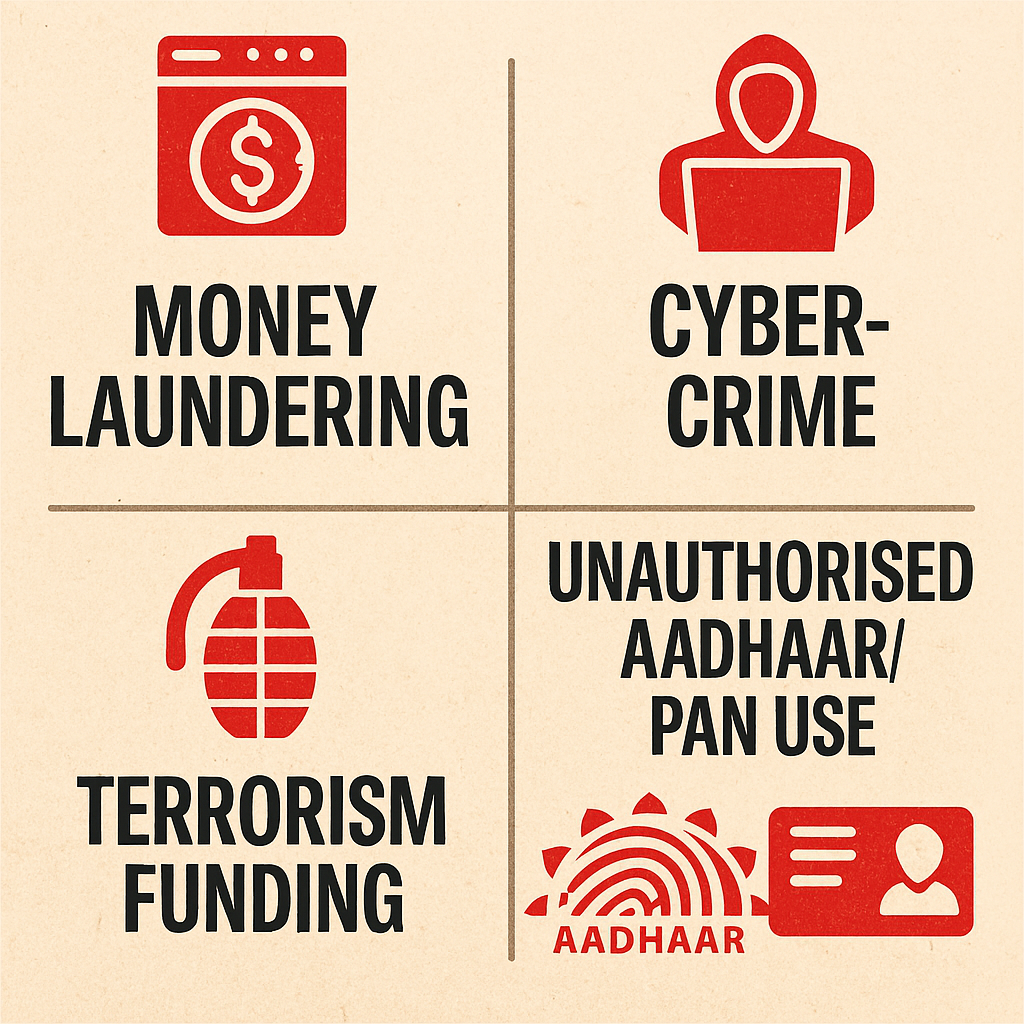
Isolation & control
Victims are told not to tell family or check anything online. The scammers may prey on fear, threatening immediate arrest, police visits, or legal consequences.
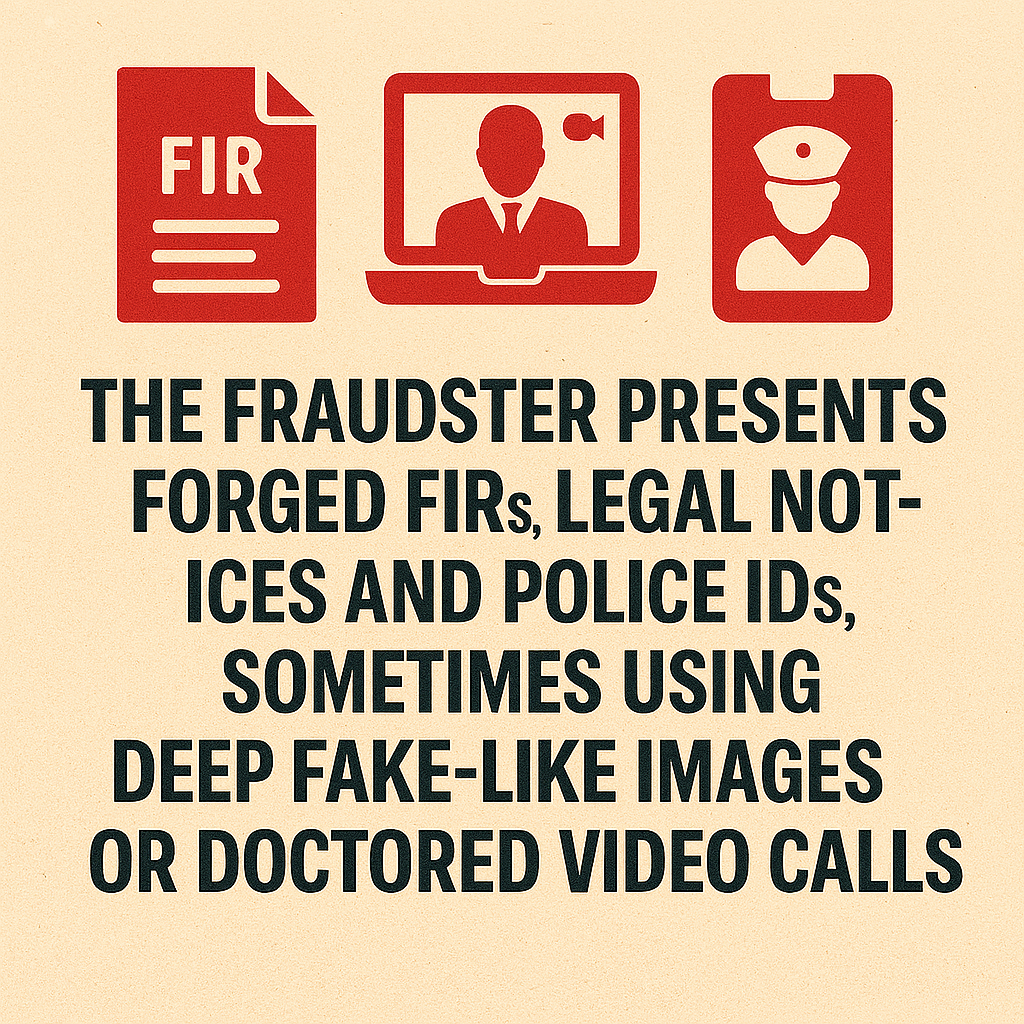
Fake evidence & intimidation
The fraudster presents forged FIRs, legal notices, and police IDs, sometimes using deep fake-like images or doctored video calls. They may lock the victim into continuous communication and monitor their cooperation.
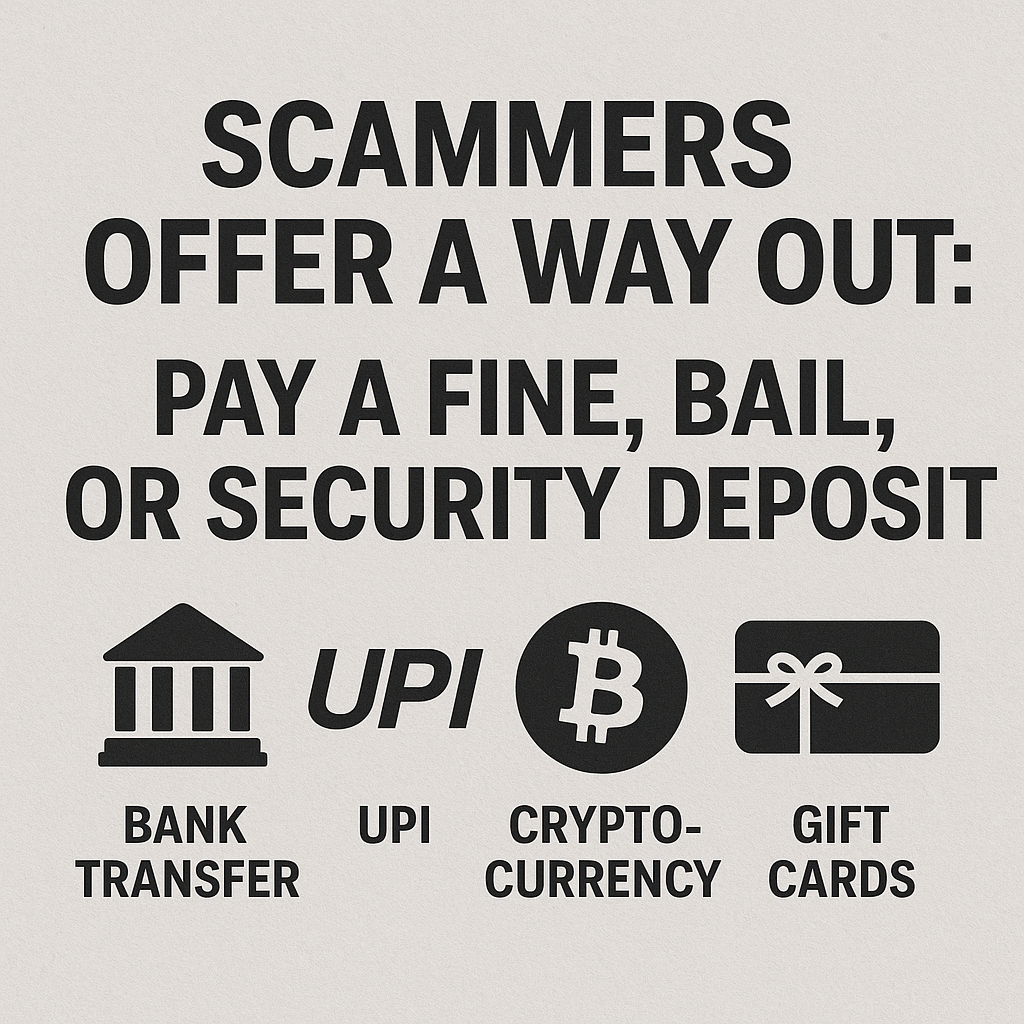
Demand for money
The scammers offer a way out: pay a fine, bail, or security deposit via bank transfer, UPI, cryptocurrency, or gift cards. Once the money is paid, they vanish or demand more, claiming additional charges have come up.
Disappearance / non-resolution
After extracting funds, scammers usually cut off contact. The victim is left with financial loss and confusion. Because this method combines impersonation scam with cyber extortion, it becomes particularly terrifying and effective.
Public & Media Reaction
Media and public institutions have responded with urgency.
- In India, press releases warn about digital arrest. The I4C (Indian Cyber Crime Coordination Centre) reports blocking thousands of spoofed accounts and SIMs tied to these scams.
- Analysts note that these scams hinge on invoking continuous authority — creating a sense that someone is always watching you.
- In the U.S., local police departments (e.g. Lafayette, Salt Lake City) issue public reminders: No legitimate law enforcement agency will demand money over the phone.
- The FBI also explicitly warns citizens not to respond to calls threatening arrest or requesting payments.
These responses reflect growing recognition that digital arrest scams are not isolated incidents — they are a serious, evolving threat to public safety.
Prevention / Tips (How to Protect Yourself)
Below are key steps to defend yourself against digital arrest scams:
1. Stay calm; do not panic
Scammers feed on panic. Do not fall into their emotional trap. One victim advice from legal forums: hang up immediately.
2. Ask questions & request verification
- Ask for name, badge number, department, official contact.
- Tell them you will verify by calling the agency directly — then use publicly listed phone numbers (not the ones they provide).
- Demand to see official documents, cross-check them.
3. Never transfer money under coercion
Legitimate law enforcement never asks for fines, bail, or payments via UPI, cryptocurrency, or gift cards over the phone.
4. Verify legitimacy
- Use the long-tail keyword: steps to verify legitimate police calls — contact local stations, check online official websites, and call a trusted law enforcement number.
- If the caller insists on secrecy, that’s a red flag.
5. Keep family or trusted persons in the loop
Talk to a family member or friend immediately — isolation is part of the scam script.
6. Document evidence
Keep call logs, screenshot IDs, and record call/video if possible (where legal). This helps in investigation.
7. Report the fraud
Use official channels — in India, the National Cyber Crime Reporting Portal (cybercrime.gov.in) is intended for precisely this.
Elsewhere, approach your local cybercrime or police unit. In the U.S., victims can file complaints with the FBI’s IC3 (Internet Crime Complaint Center).
Report a digital arrest scam to authorities should be kept in mind: don’t delay the report.
8. Educate vulnerable people
Elderly persons, non-tech savvy individuals, or frequent users of phone services are prime targets. Help them recognize red flags: unsolicited calls from police, urgency, demand for immediate payment.
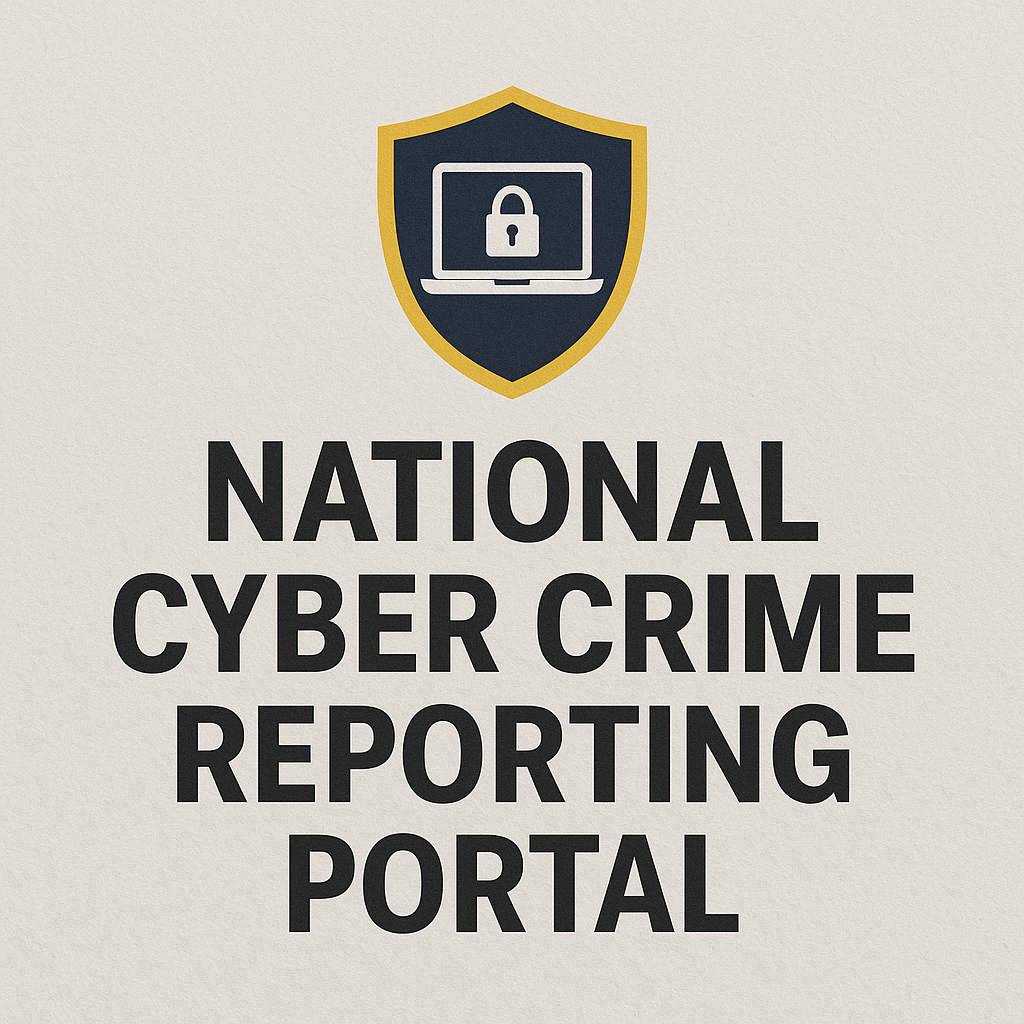
Moral of the Story
The digital arrest scam is an extortion method dressed in the cloak of authority. Its power lies in fear, impersonation, and psychological manipulation. The bottom line: stay calm, verify before paying, and always use official channels.
When faced with a call claiming “you’re under arrest,” resist the impulse to comply. Pause, verify, and report. The scam thrives on silence and haste. By staying vigilant and educating yourself and loved ones, you can thwart these police impersonator frauds and break the cycle of digital coercion.